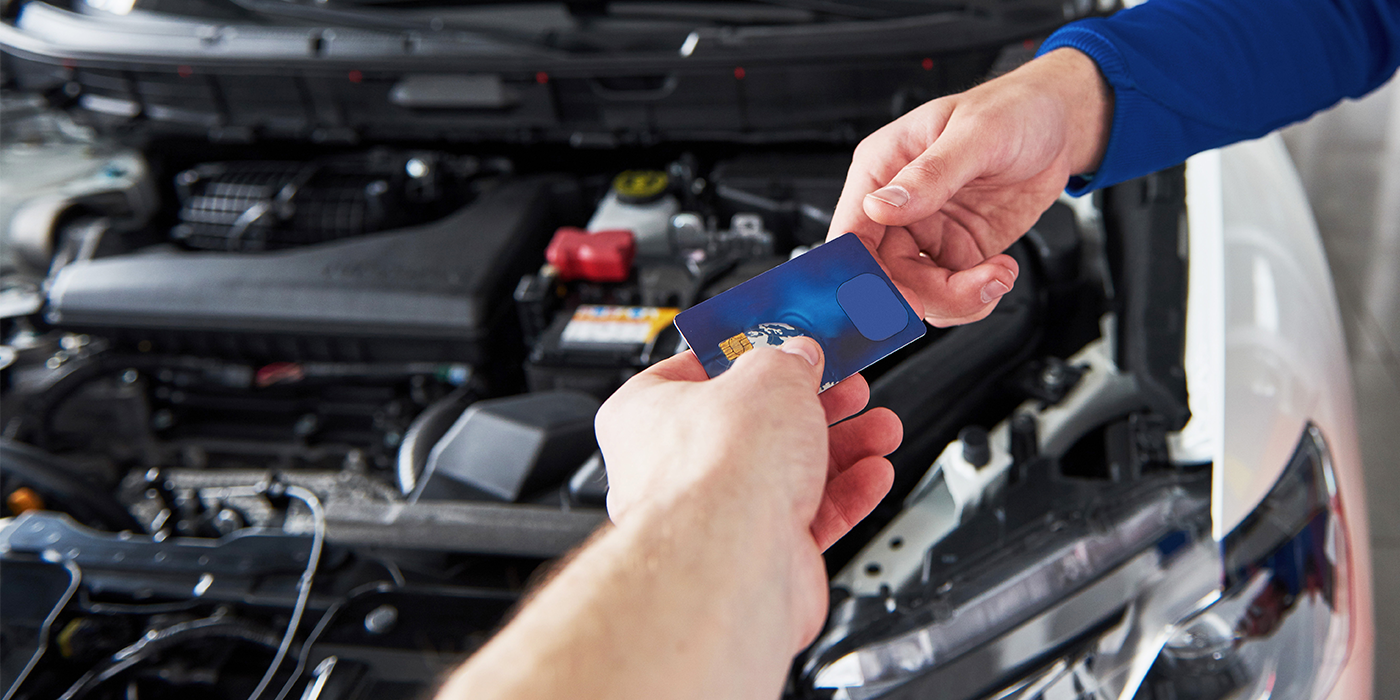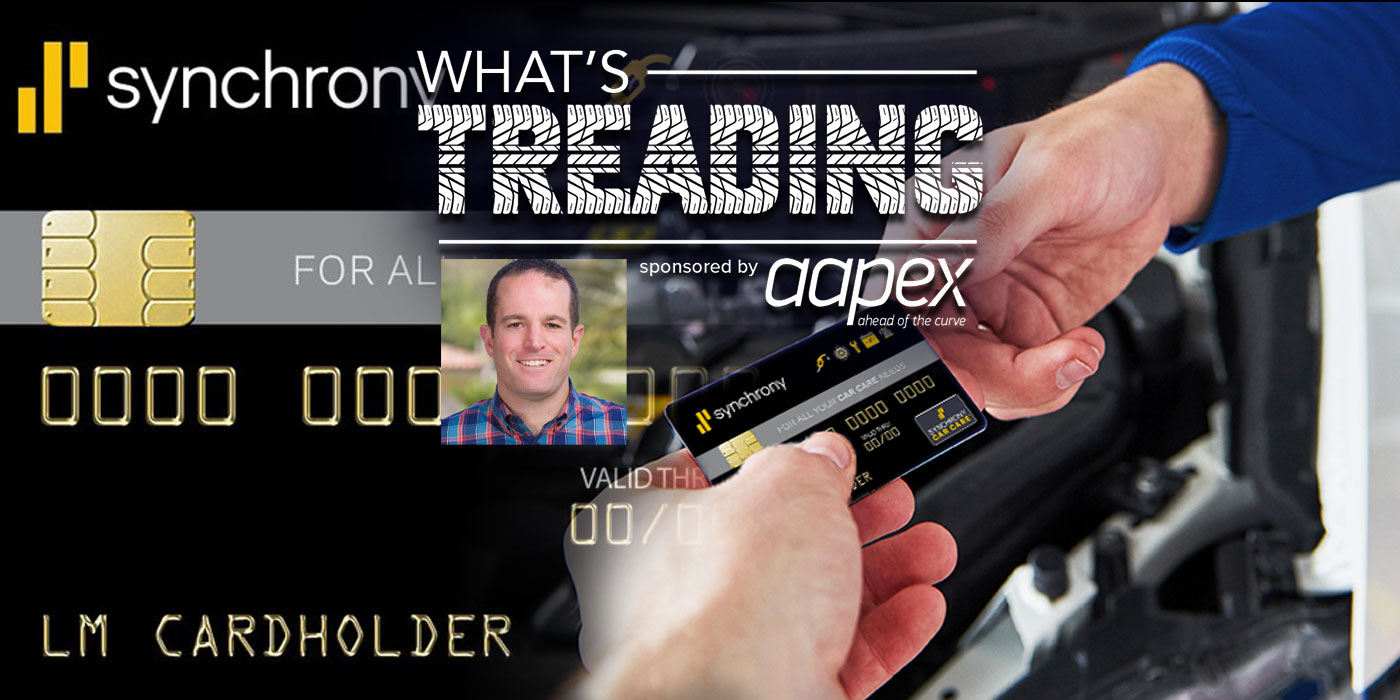
According to a 2017 Federal Reserve report, 46% of U.S. consumers can’t afford tires or unplanned vehicle repairs. While credit card financing has been around for some time and is offered by many tire manufacturers, marketing groups and distributors, the current reality is that many consumers do not qualify for traditional financing based on credit ratings.
It’s become increasingly important to offer a no- or low-credit financing option to cash-strapped customers in order to secure additional tire and service sales. By removing the roadblock to affordability, these consumers are able to get needed repairs — resulting in a safer vehicle for customers and adding to a tire dealer’s bottom line. Read on for a few options available to tire shops.
No-Credit Financing
With 40% of adults reporting that if they were faced with a $400 unexpected expense, they would either not be able to pay for it or would do so by selling something or borrowing money, having a payment plan provider is essential, according to Cary Ladd, marketing manager for EasyPay Finance.
Lenders like EasyPay will help approve up to 80% of a shop’s customers, she says, adding that some shops have increased their revenue up to $30,000 per month when using EasyPay as their all-in-one customer payment plan solution.
“EasyPay has no restrictions on financing repair services; customers can finance any ratio of parts and labor,” Ladd says. “Our data tells us that customers at tire dealerships can spend up to three times more when they have been approved.”
By removing the roadblock to affordability, consumers are able to get needed repairs — resulting in a safer vehicle for customers and adding to a tire dealer’s bottom line.
Companies like EasyPay make signing up easy for dealers, usually with no added costs or equipment. After enrolling, dealers generally are up and running within 24 hours, using their existing computers and tablets.
When it comes to communicating the option of no/low-credit financing to customers, Ladd recommends dealership staff bring it up “early and often” in the conversation.
“From the welcome, to discussing the invoice or repair order, to checking out, we find that asking customers overcomes any hesitations a customer might have about asking themselves,” she explains. “We tell our dealers that you can’t judge a book by its cover. With a large portion of Americans living paycheck to paycheck, the need for credit is only going to expand. You just never can tell who is interested and who isn’t.”
Lease-to-Own Purchasing
Similarly, another no/low-credit option available for tire dealers to offer their customers is a lease-to-own program.
“(A) lease-to-own purchase option is a great way to offer customers with less than perfect credit an option to stay safe and purchase a new set of tires when the need arises,” says Steve Surman, vice president of marketing for Progressive Leasing. “With Progressive, customers make a low initial payment and pay their remaining cost of lease over time.”
It’s become increasingly important to offer a no- or low-credit financing option to cash-strapped customers in order to secure additional tire and service sales.
After a simple enrollment process, a tire dealer can be ready to offer lease-to-own financing within a few days with no additional software or equipment needed, he adds.
In the case of a lease from Progressive, there is no interest since the transaction is not a credit purchase. Instead, there is a cost for the leasing service — this varies depending on when the customer chooses to pay off the lease.
“We purchase the merchandise a customer selects from a retailer. The customer takes that merchandise home the same day, but enters into a lease-to-own agreement with Progressive,” Surman explains. “In some cases, the cost to lease the tires will be a little more than the retail price of their tires if the customer uses the 90-day purchase option. In other cases, customers will pay the retail price plus a cost to lease the tires for up to 12 months. Progressive offers several different purchase options with simple, easy payments up to 12 months.”
One-Stop Shop
Another tool in the realm of no/low-credit financing is Tapps-Pay, which allows tire dealers to gather and process multiple credit applications within minutes using a PC, phone or tablet.
Founded roughly 10 years ago by Jeff Tucker, of Tennessee-based Triple T Tire & Auto Service, Tapps-Pay is tire industry-specific and works with 15 lenders using a single application.
“It answers the price question and gives dealers a whole system to make it easy for employees and clients,” Tucker says. “The price question changes from the total cost to the amount of the payment. It handles customers’ money needs and allows dealers to appeal to many more people.”
While credit card financing has been around for some time, the current reality is that many consumers do not qualify for traditional financing based on credit ratings.
In addition to the seamless application process and selection of lenders, the system offers tire dealer staff training not only in using Tapps-Pay, but also in reframing the sales conversation.
“Instead of selling the cheapest thing you have, you’re able to sell a better product — the right product for that customer or the needed repairs for that vehicle,” Tucker explains, adding that after the program’s initial training, ongoing training calls take place twice weekly, using sample calls to help staff perfect their communication about financing with customers.
Tapps-Pay measures each shop’s number of applications and provides reports not only to track results but also to ensure its tire dealer clients are using the system to its fullest potential, according to Tucker.
“We want to make sure they’re marketing the fact that they offer this, so we can help them get the best possible results,” he says.
Read more from Tire Review’s 2019 Business Planning Guide: Software Systems Drive Revenue for Tire Dealers One Feature at a Time; Business Succession Planning for Tire Dealerships; and Improved Bay Productivity Maximizes Profitability.
Check out the rest of the November digital edition of Tire Review here.













